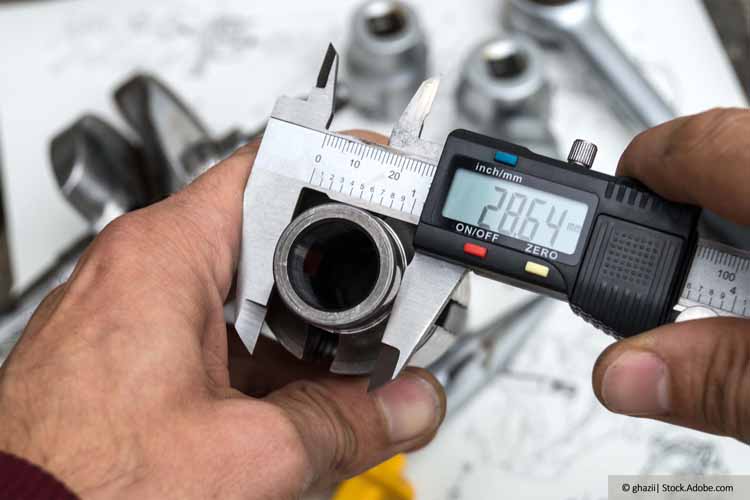
Praktische Übungen im technische Zeichnen mit den Grundlagen der Konstruktionslehre.
- Dozent/in: Enno Wagner

Praktische Übungen im technische Zeichnen mit den Grundlagen der Konstruktionslehre.
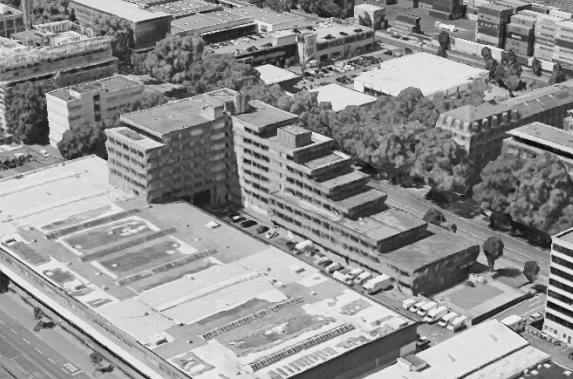
Lebensräume neu denken: Bestandsbau und urbane Transformation.
Hanauer Landstraße 208 -216
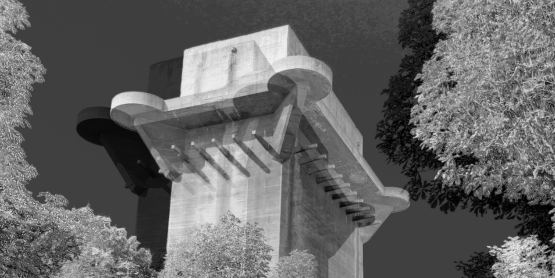
Kunst des Lichtes im Dunkeln: Schwarzräume in der Architektur

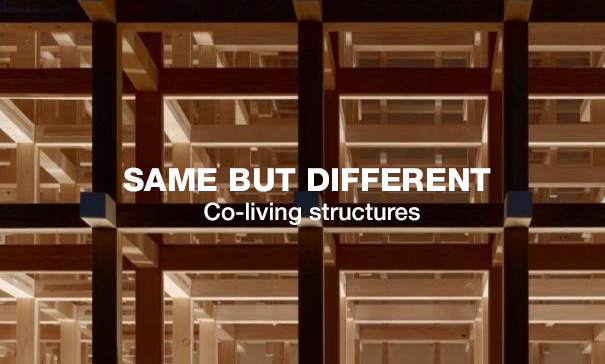
>Focus
The E8 design course aims to work on two issues closely related to the role of architecture today.Firstly, we propose to reflect on and explore contemporary ways of living and develop an architectural proposal understood as an infrastructure for different ways of living collectively.
Secondly, and in parallel and indissolubly, we will work from material and constructive strategies that respond to criteria of simplicity, flexibility and sustainability.
To this end, we will develop a collective housing project to be built in wood and which will be located in the new urban development of the port of Offenbach am Main.
During the course we will address the definitions of the functional programme, the insertion in the site, the definition of spaces, forms and volumes, as well as their materiality, structure and construction system in detail 1/10.
>Statement
If until the end of the last century or the beginning of this one, the vast majority of collective housing was conceived to solve the housing needs of "typical" families (husband and wife with two or three children), most of them workers; nowadays, the models of living and cohabitation no longer respond to the needs of a typical family in a given country or region. The inhabitants of contemporary dwellings are people of different ages, origin and social function, who live and also work - alone or grouped in different ways - and use home spaces in a very different way to how we did just 20 or 25 years ago.In addition, the time we live in one place or another is becoming shorter and shorter. People are moving, changing cities, jobs and even families more frequently. Rarely does a person or family remain in the same dwelling for a lifetime; and even less often does a dwelling continue to be inhabited by the children of the previous family.
How then do we design spaces for that diversity, and how do we design for their transformation and adaptability?
On the other hand, given the temporal, economic and ecological effort of any construction, how do we design for flexible and adaptive durability? How do we do so in order to reduce the impact of our actions on the environmental balance?
In this sense, we propose to design with forms, dispositions and materials that demand and consume as little energy as possible. In particular, we propose a timber construction that, together with its richness and spatial possibilities, is adaptable and reversible.
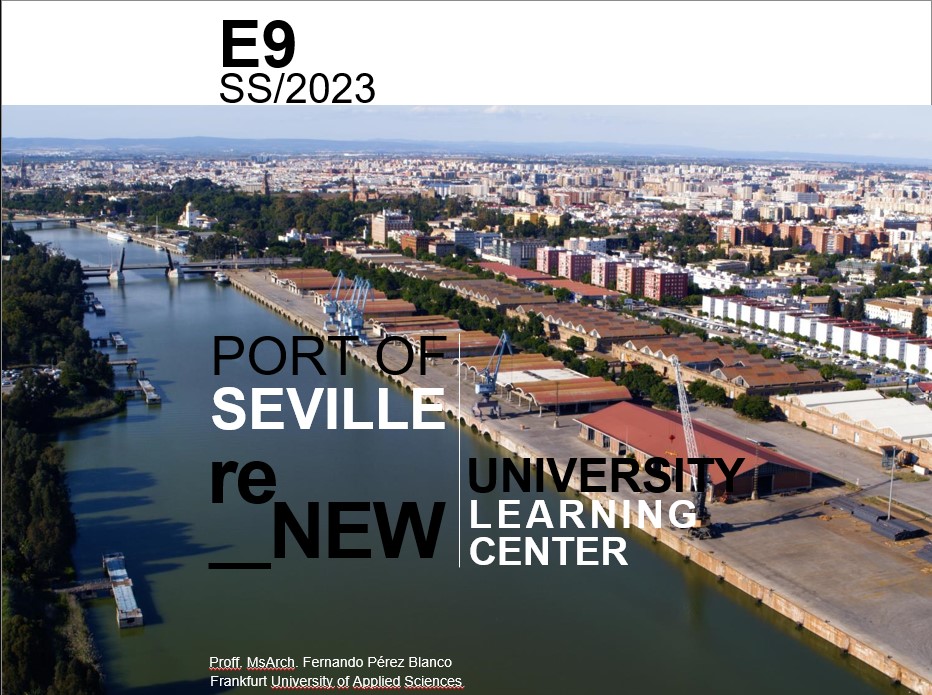
> Framework and Goal
The E9 design course will work within the framework of the new master plan for the Port of Seville (Spain), to propose, through the renovation and extension of two old port buildings, a multi-purpose space for the neighbouring University within the new open and welcoming area of the city.
The new Urban District of the Port is one of the most important projects that the Port Authority is currently engaged in. The idea is to contribute towards shaping the future town planning, converting the dock areas closest to the city into new spaces open to the public that can be enjoyed by everyone.
The history of Seville has always been linked to its port, and nowadays, after different periods of modernisation and relocation, the early 20th century port area is preparing to open its spaces to the city.
In this context of reconversion, the course will work in the central area of the new master plan, by reusing and adapting two existing buildings (one of the regionalist buildings and one of the 1926 warehouses) and the surrounding open areas.
>The Exercise
The aim of the E9 course is to design, through the reuse of these two buildings, a multifunctional complex to house different activities open to students, Professors and the public.
To this end, uses such as a learning laboratory, a media-lab, a conference centre, exhibition and event rooms, but also a canteen or restaurant, a cafeteria, rest and lounge areas, meeting and study rooms, as well as outdoor areas should be arranged.